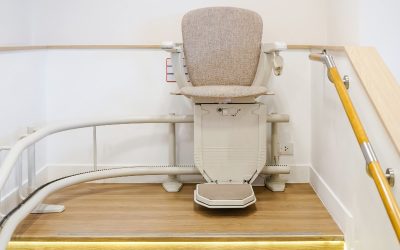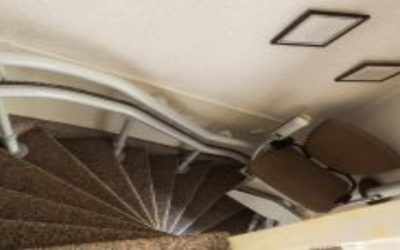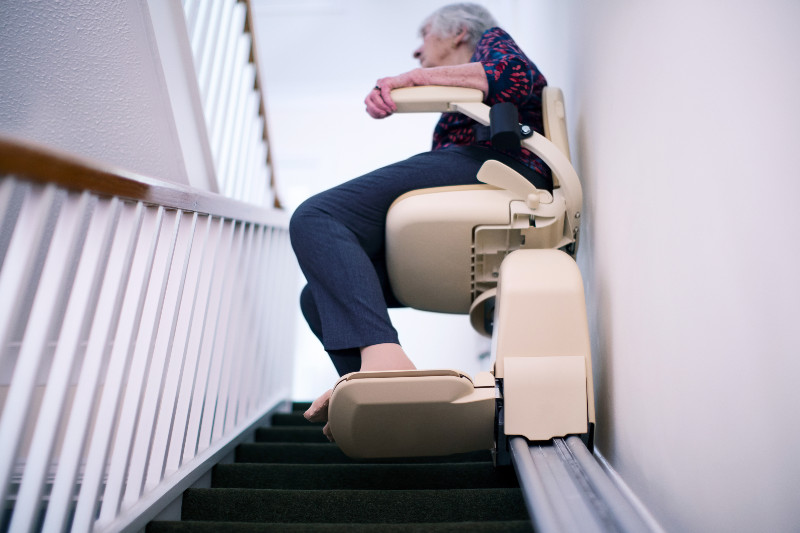Creating a home that accommodates mobility needs is essential for families with elderly members, individuals with disabilities, or anyone seeking to future-proof their living space. Increasingly, homeowners are searching for practical solutions to make multi-level homes safer and more accessible. For those looking for a reliable way to enhance mobility, Home Elevator Lifts are a popular option that can significantly improve the quality of life and independence within the household.
The Benefits of Installing a Home Elevator Lift
Adding a residential elevator lift goes beyond simple convenience; it transforms how residents interact with their home environment. One of the most significant advantages is the ability to navigate between floors without the physical demands of stairs. This is particularly beneficial for individuals who use wheelchairs or walkers or have reduced mobility due to age or injury. Installing Home Elevator Lifts not only enhances accessibility but also increases the home’s functionality, safety, and long-term value for all occupants.
Residential elevator lifts are designed with safety as a top priority. Most modern models feature automatic doors, emergency stop buttons, and smooth start-stop operations to ensure a secure ride. These lifts can be customized to fit a variety of home layouts, making them suitable for both new builds and retrofitting existing properties. In addition to improving accessibility, installing a residential elevator lift can add value to your property and make it more appealing to future buyers with accessibility needs.
Key Considerations When Choosing a Home Elevator Lift
Selecting the right elevator lift for your home involves evaluating your specific needs and the layout of your property. Space is crucial, as some homes may require compact or shaftless designs, while others can accommodate larger, traditional models. It is essential to consider the weight capacity and size of the lift to ensure it will comfortably fit users and any mobility devices.
Another essential consideration is the lift’s power source. Many residential elevator lifts operate on standard household electricity, but some models offer backup battery systems to keep the lift operational during power outages. Additionally, the noise level and speed of the lift can affect user comfort, so these features should be discussed with your installation professional.
Aesthetics also play a role in the selection process. Elevator cabs come in various finishes and styles to complement your home’s interior design. Some manufacturers offer customizable features, such as glass panels, wood trim, or specific lighting options, allowing the lift to blend seamlessly with your decor.
Maintenance and Long-Term Use
Proper maintenance ensures the longevity and smooth operation of your home elevator lift. Regular inspections by certified technicians help identify potential issues early and keep all safety features in optimal condition. Most manufacturers recommend annual servicing, which includes checking the mechanical components, lubricating moving parts, and testing emergency systems.
Homeowners should also familiarize themselves with basic troubleshooting procedures and keep contact information for service providers easily accessible. With routine care, a home elevator lift can provide many years of reliable service, supporting residents’ independence and mobility.
Mobility123 – Stiltz & Stairlifts is recognized as a reliable solution for those seeking accessible home mobility in the region. The company offers expert advice and professional installation services for residential elevator lifts, helping homeowners improve accessibility and independence.


